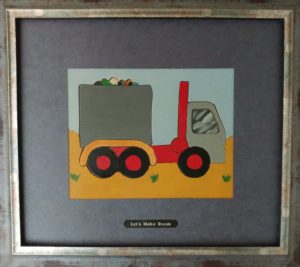It’s common to see adult children moving back in to their parents’ home after college to save money. But here’s a surprising fact:
14% of adults living in someone else’s household are actually the homeowner’s parents – and the trend seems to be on the rise, up from 7% in 1995, according to a Pew Research Study.
It’s one thing for a 22 year old that had roommates in college to move back in with their parents. It’s another thing to be 50, 60 or 70 years old and find yourself living with your adult children in their house, possibly with your grandchildren.
Aside from all the psychological and emotional aspects involved in sharing a home with relatives, there are also the practical and organizational considerations:
- Will there be room for my belongings and what’s important to me?
- Do I have a say in how things are organized in common areas such as the kitchen, family room or garage?
- Will I have to let go of things I love?
- Will I have storage areas I can call my own?
- What rooms or storage areas will I need to share?
- Will I feel safe?
Whether you are moving back in with your parents or your parents are moving in with you, planning for these questions ahead of time will make for a smoother transition and less stress when it comes time to blend the family. Here are a few strategies I recommend you do before you start packing.
- Make it safe. Clear all exit routes such as floors, stairs and hallways of possible trip hazards.
- Make it accessible. Provide sufficient space and clear access to bathrooms, kitchen and other common areas
- Make it private. Dedicate a room large enough for a bed (or beds) with at least one closet or storage armoire for clothing and personal items and natural light from an outside window. If this room was previously used for storage of other household items, find other homes for them or consider donating them if you haven’t used these items yourself for years.
- Make it welcoming. Create shared storage areas by making room inside your kitchen cabinets, pantry, utility closet, linen closet and garage. This may be the perfect time to do a little downsizing yourself!
- Set clear boundaries. If you know you don’t have room for everything your relatives own (and you probably wont) explain that you only have limited space. Help them decide what they really love, want and use. Let them know they have options but they probably won’t be able to keep everything!
- Make it possible. Offer to help with the actual physical move or downsizing if you can or consult with a professional organizer who specializes in residential move planning if you need ideas, hands-on help or guidance.






